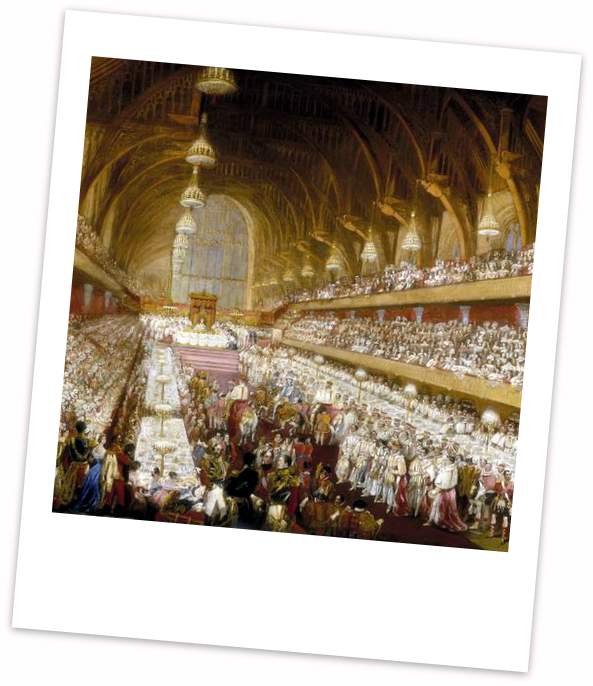A tour of Westminster Hall
Hello again! Steve from London Cabbie Tours here.
I have been out and about in my London taxi, this time being invited by my local MP to visit the Houses of Parliament. Obviously given the sheer size of this historic site I can’t go into detail on all aspects of the building, however I wanted to tell you about Westminster Hall, my favourite part of the Houses of Parliament – with its history of nearly 1000 years.

After encountering tough security to enter (I’m sure Guy Fawkes had just as much trouble), our small group were met by a tour guide. The Westminster Hall was built in 1097 by William Rufus, the son of William the Conqueror, and finished in two years. It is the only remaining part of the old Palace of Westminster, and was the largest hall in England, covering about 17,000 square feet with a length of almost four cricket pitches end to end.
I couldn’t but stare in amazement at the two-metre thick walls, and then was physically stunned by the splendor and beauty of the hammer-beam room commissioned in 1393 by King Richard III – truly a masterpiece of design! It is the largest medieval timber roof in Northern Europe, designed by the mason Henry Yevele and Hugh Herland. Giant oak beams provided horizontal support and the walls were strengthened with massive buttresses. Other additions included angels carved on beams and sculptures of England’s Kings. It is amazing to think that the King didn’t believe the hall to be big, but said “it was a mere bedchamber” when compared to what he had in mind! The hall has played host to lots of Royal events from feasts to jousts in front of hundreds of guests.
In 1812 Westminster Hall was flooded by the Thames, it was said “the tide soon rose to the door, flowed in, and three or four boats full of men went into the hall’. For a few years the hall was the venue for coronation banquets for newly-crowned monarachs. At Richard III’s coronation banquet, the King’s champion rode through the hall on horseback, challenging anyone to deny the Kings right to succeed. In 1834, there was a great fire which destroyed most of the buildings of the Houses of Parliament, however a decision was made to save the hall.

Before the Royal courts of justice were in the strand many high profile legal trials were held in the hall, including Sir William Wallace, the Scottish patriot. He was found guilty and hung, drawn and quartered at Smithfield on 23rd August 1305. His head was put on a spike on the gate of London bridge, and his limbs displayed in four parts of the United Kingdom. Other trials included Sir Thomas More (1535), advisor to Henry VIII; Guy Fawkes and the Gunpowder plot (1606); and the most famous of them all the Trial of Charles I.
Why not book a London taxi tour, and hear more stories of the famous figures above? London is packed full of history, let me show you around some of the fantastic sites the capital has to offer!
Bye for now, Steve.
